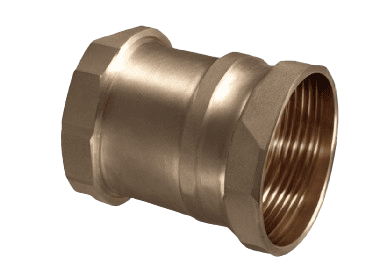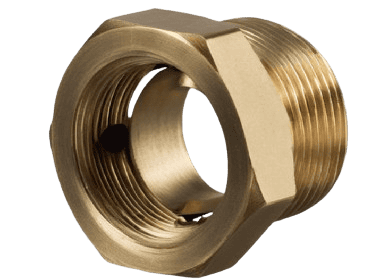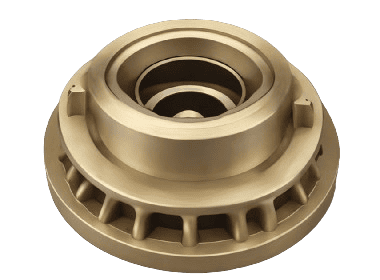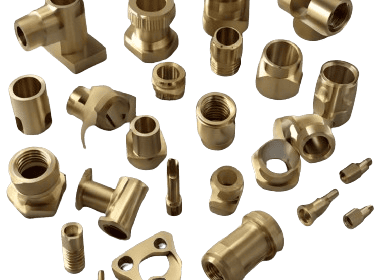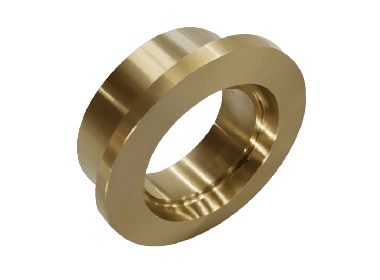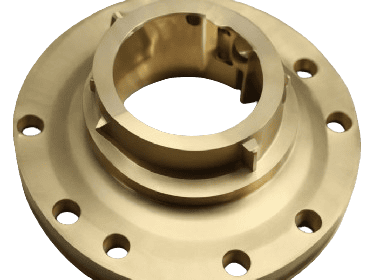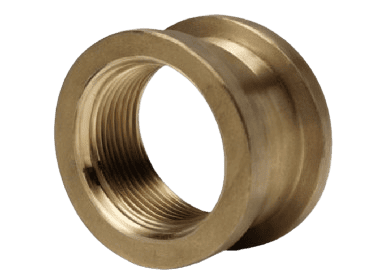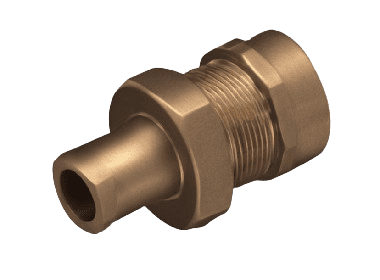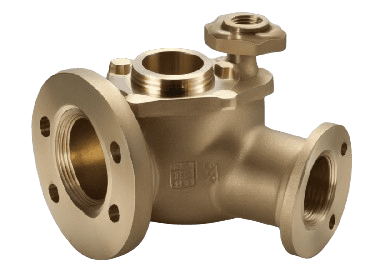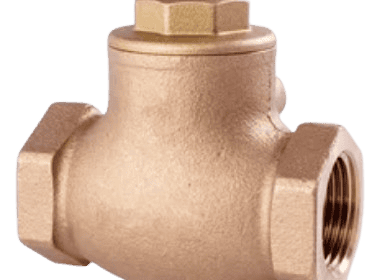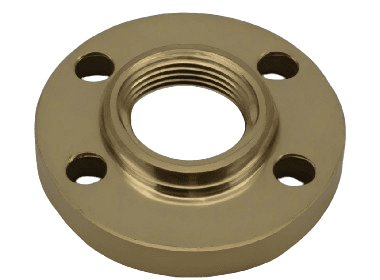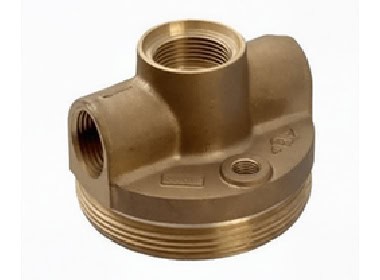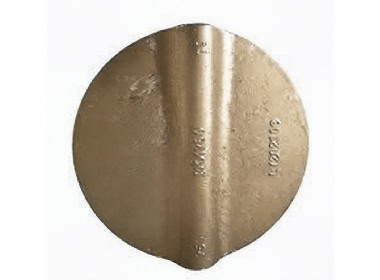Brass Castings
Welcome to Calmet’s brass casting manufacturing hub, where precision meets strength. Explore our diverse range of brass casting solutions, meticulously crafted to meet industry standards and your unique specifications. From alloy selection to final inspection, we ensure the highest quality at every step. Trust us to bring your vision to life with durable, reliable, and precisely engineered brass castings. Discover the excellence that defines us – your trusted partner in brass casting innovation.
Brass Casting alloy offers popular in many domestic and industrial applications. Warm, golden color that can be polished to a high shine and is therefore a popular choice for decorative and architectural applications. Corrosion Resistance to external exposure makes it a suitable choice marine, water distribution, and architectural applications. Machinability makes it easy to produce precise and accurate parts with a good surface finish. Good Electrical Conductivity makes it a suitable choice for electrical usages.

Green Sand Casting
Sand casting is a traditional and widely-used method for brass casting. In this process, a mold is created by compacting sand around a pattern of the desired brass component. Once the mold is formed, molten brass is poured into the cavity created by the pattern. After the brass solidifies, the mold is broken to reveal the brass casting. Sand casting is known for its cost-effectiveness, simplicity, and ability to produce complex shapes. Depending on the specific cast brass parts appropriate mold is chosen:
- Permanent mold - Utilizes recyclable metal dies for higher runs.
- Greenn Sand - Mold comprises of flour, clay, sand, and water for small and medium cast brass.
- No-bake Sand - Using catalysts for hardened resins and sand for better finish.
- Sand Cast Precision shell - Blowing non-reusable sand in heated patterns.

Investment Casting
Investment casting, also known as lost-wax casting, is a precise and intricate method used for producing high-quality brass components. In this process, a wax pattern of the part is created and coated with a ceramic shell to form the mold. The wax is then melted and drained, leaving a cavity that is filled with molten brass. Once the brass solidifies, the ceramic shell is broken to retrieve the brass casting. Investment casting is favored for its ability to produce detailed and dimensionally accurate parts with excellent finish. We apply appropriate processes of Colloidal Silica, Micro Investment and Vacuum Assisted Investment Cast depending upon the intricacy, size and the production runs.

Brass Die Casting Process
This is a method where molten brass is injected into a steel mold under high pressure. The detailed preocess is summarized with following key steps: Mould making is for basically producing a replica of the final die cast brass part required. The mold is preheated to reduce thermal shock. Injecting Molten brass into the mold under high pressure for solidification and finally taking out the brass casting from the mold. The advantages of die cast process are High production rate, Good dimensional accuracy and surface finish. The initial mold cost is high and it is limited to simple geometries.
BRASS AND BRONZE
| Composition | Brass | Bronze | Copper |
|---|---|---|---|
| Elements | Primary: Copper, Zinc. Others: Lead, Manganese, Iron, Aluminum, Silicon. |
Primary: Copper and Tin. Others: Nickel, Aluminum, Zinc, Phosphorus. |
Copper |
| Corrosion Resistance | Good Corrosion Resistance | Excellent Corrosion Resistance | Excellent Corrosion Resistance |
| Weight | 8720 kg/cu.m | 7400 – 8900 kg/cu.m | 8930 kg/cu.m |
| Durability | Highly durable | Highly durable | Durable |
| Machinability Level | Lower | Moderate | High |
| Weldability Level | Good | High | High |
| Electrical Conductivity Relative to Copper |
0.28 | 0.15 | 1 |
| Thermal Conductivity | 64 BTU/hr-ft²-°F | 229 – 1440 BTU/hr-ft²-°F | 223 BTU/hr-ft²-°F |
| Tensile Strength | 338 – 469 MPa | 350 – 635 MPa | 210 MPa |
| Yield Strength | 95 – 124 MPa | 125 – 800 MPa | 33.3 MPa |
| Melting Point | 927 °C | 913 °C | 1085 °C |
Categories
Alpha Brasses, a substitution solid solution of zinc in copper, contain 67-72% copper and 28-33% zinc. They are malleable and utilized in pressing, forging, and other related applications. Alpha brasses only have one phase and a face-centered cubic crystal structure. These brasses have a richer golden tone. It is robust, strong, and relatively difficult to machine. The best formability is achieved at 32% zinc. Corrosion-resistant can be worked cold.
Alpha-beta Brasses, also known as duplex brasses, are suitable for hot working, contain 55–65% copper and 35–45% zinc. They include both α and β’ phases. The β’-phase is ordered body-centered cubic, with zinc atoms in the centers of cubes, and is tougher and stronger than α. At 45% zinc, the alloy possesses its highest strength and because of the higher zinc content, these brasses are brighter than alpha brasses.
Beta Brasses contain 50–55% copper and 45–50% zinc. They are harder, stronger, and appropriate for casting. Because of the high zinc-low copper content, they are among the brightest and least golden of the typical brasses. Beta brasses are often used for higher–strength applications, such as valves, gears, and bearings. These brasses can only be worked hot.
Gamma Brasses contain 33–39% copper and 61–67% zinc. There are also Ag-Zn and Au-Zn gamma brasses, with Ag 30-50% and Au 41%, respectively. The gamma phase is an intermetallic compound with a cubic lattice structure, Cu5Zn8. Gamma brasses are typically used for specialized applications, including high-strength electrical contacts and fasteners.
ALLOYS AND GRADES
| PROPERTIES | A260 | A280 | A360 | A385 | A464 |
|---|---|---|---|---|---|
| Density (g/cm3) | 8.53 | 8.39 | 8.49 | 8.47 | 8.41 |
| Hardness, Rockwell (F, B) | 54 F | 85 F | 78 B | 65 B | 55 B |
| Yield Strength (MPa) | 75 | 145 | 124-310 | 138 | 172-455 |
| Ultimate Tensile Strength (MPa) | 300 | 370 | 338-469 | 414 | 379-607 |
| Elongation @ Break (%) | 68 | 45 | 53 | 30 | 50 |
| Modulus of Elasticity (GPa) | 110 | 105 | 97 | — | 100 |
| Machinability (%) | 30 | 40 | 100 | 90 | 30 |
| GRADES AND APPLICATIONS | |
|---|---|
| Alloy 260 - Cartridge Brass | Another name for alloy 260 is cartridge brass. About 70% of this brass alloy is made of copper and 30% is zinc. Alloy 260 is easily cold-workable and has good hot formability. Among other things, it is utilised in fasteners, hardware, ammunition, and automobile components. |
| Alloy 280 - Muntz Metal | About 60% copper and 40% zinc make up Alloy 280. Muntz metal was frequently used as a less expensive substitute for the copper sheeting that was formerly applied to boat hulls to prevent the growth of marine life, such as barnacles. |
| Alloy 360 - Free Machining Brass | Alloy 360 comprises around 60% copper, 35.5% zinc, up to 3.7% lead, and 0.8% of iron. This is also an excellent choice for brazing and soldering applications. Designers and machinists it to create fittings, fasteners, valves & hardware components. |
| Alloy 385 - Architectural Bronze | The composition of alloy 385 is around 59% copper, 42% zinc, and up to 3.5% lead. This greatly improves its formability and machinability. This alloy is a fantastic architectural material for aluminium extrusions since it is simple to form. |
| Alloy 464 - Naval Brass | Naval brass, also known as alloy 464, is a corrosion-resistant metal composed of 40% zinc, 1% tin, and 59% copper. It is versatile in bending, soldering, welding, and cold and hot forming processes, making it ideal for various applications, including boat deck fixtures. |
Brass Castings:
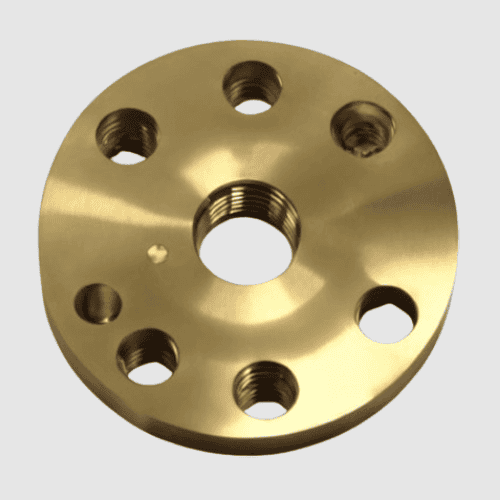
Fitting Parts
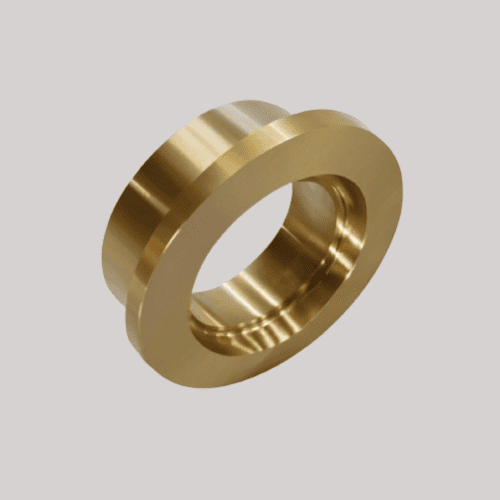
Bush Parts

Cast Parts
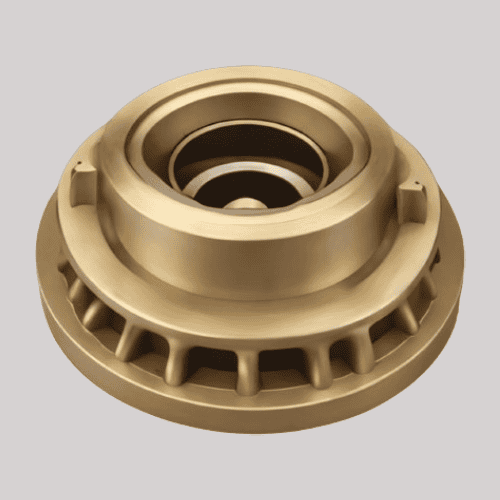
Complex Impeller
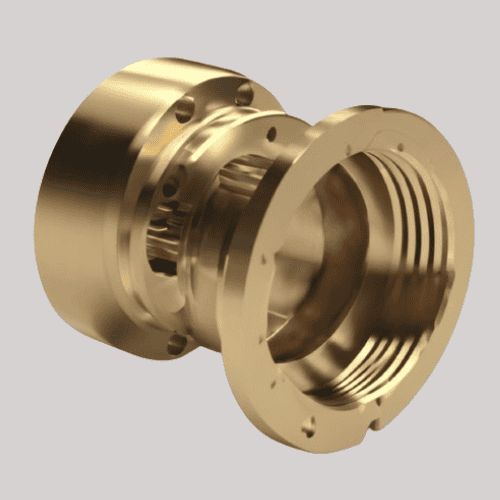
Couplings
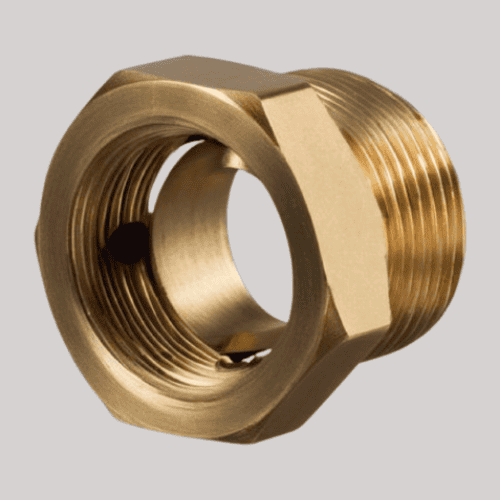
End Joint
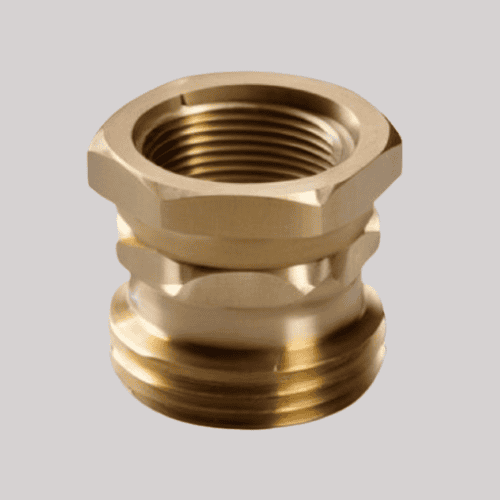
Fitting Part
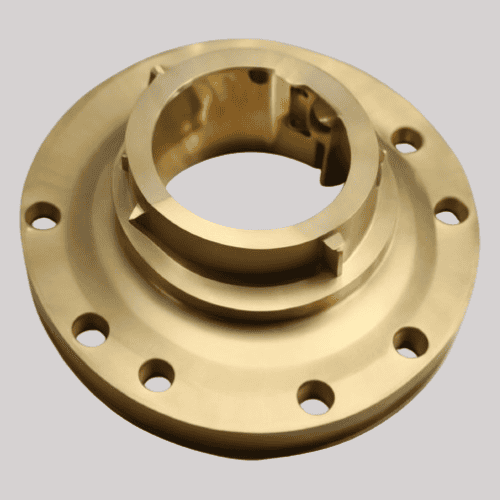
Flange Parts
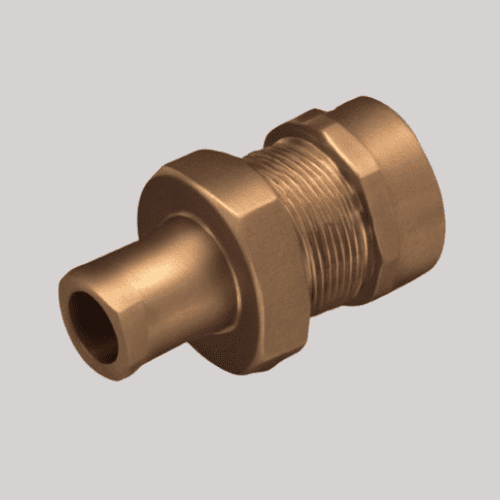
Turned Components

Valve Body Components

Valve Body Parts

Bronze Flange
Products and Specifications
Our goal is to manufacture and deliver products as per the requirements meeting your standards and specifications. It’s not about the details alone, but we also incorporate and put in our expertise to ensure superior quality products are delivered to you on time and every time!
COMPREHENSIVE SOLUTIONS:
3- Stage Quality Control Process & Inspection:
- The quality assessment process with special testing equipment ensures only the finest products reach the buyers and customers.
- Here at Calmet, all the employees receive in-depth training, guidance and potential elevation from the mentors or immediate managers who are always observant of the continuous progress and Lean philosophy (Kaizen).
- This intensive process ensures that the employees are well equipped with the knowledge and work techniques as per their role in the organization.
- This task and its needed output will be perfect if performed with thorough understanding. It's crucial for our quality department to look in and strictly advise on any necessary changes to be made to ensure scope of errors are minimized or removed.
Raw material
- Immersion Spectrometer with 24 Elements
- Sand Testing Facilities
- Universal Tensile Testing Machine
- Image Analyzer
- On-line Mold checking Facilities
Dimensional
- Coordinate Measuring Machine (CNC-CMM) – Range: 1m x 1m
- Linear Measuring Machine (LMM) – Range: 1m x 1m
- Profile Projector
- Digital Height Gauge – Range: 1m
- All kind of Inspection Gauges & Instruments
Specialized
- Non-Destructive Test (X-ray)
- Ultrasonic Test
- Dye Penetrant Test
- Hydro Test
- Millipore Cleanliness Test
- Static Balancing
CASE STUDIES – EXPERTISE DEMONSTRATION
Case Study: Brass Casting Solutions for Diverse Industries
Customer Challenge:
A leading automotive manufacturer required a reliable supplier for precision brass castings to meet their stringent quality and performance requirements for the latest engine components. The customer needed components that could withstand high temperatures and harsh operating conditions while providing exceptional durability and precision fit.
Our Approach:
Our experienced team of engineers and metallurgists worked closely with the customer to understand their specific needs and challenges. Leveraging our expertise in brass casting technologies, we recommended the use of high-quality copper-zinc alloys that offered superior strength, thermal conductivity, and corrosion resistance. Through meticulous design analysis and simulation, we optimized the casting process to ensure the parts would meet the customer’s performance expectations.
Solution Provided:
Utilizing our state-of-the-art facilities and advanced casting techniques, we delivered precision brass castings that met the customer’s exact specifications. Our quality control measures, including rigorous testing and inspection protocols, ensured that each component met the highest standards for dimensional accuracy, surface finish, and material integrity. The final brass castings exhibited excellent mechanical properties and dimensional stability, surpassing the customer’s expectations for performance and durability.
Results:
The customer was extremely satisfied with the quality and precision of the brass castings provided by our firm. The components seamlessly integrated into their engines, delivering optimal performance and reliability under demanding conditions. Our efficient production processes and responsive customer service further solidified our relationship with the automotive manufacturer, paving the way for future collaborations on additional projects.
Why Calmet?
To maintain a competitive advantage in the steel casting industry, Calmet always evaluates its unique strengths and value proposition. Here are some factors to consider while analyzing competitive advantage that Calmet offers:
Quality and Expertise
- Expertise and experience in specialized casting processes, such as investment casting or sand casting, provides an edge over competitors.
- Certification of quality standards, adherence to industry-specific regulations, and continuous improvement initiatives has immensely helped Calmet and its customers.
Technological Capabilities
- Cutting-edge technology and equipment that Calmet employs significantly enhances the efficiency and quality of the manufacturing process.
- Investment in advanced machinery, automation, and digital tools can lead to cost savings, faster production cycles, and better casting outcomes.
- Strong R&D capabilities to develop new alloys and casting methods can differentiate a firm from its competitors and attract customers seeking innovative solutions.
Supply Chain Management
- Efficient supply chain management, including sourcing raw materials, logistics, and inventory control, can optimize costs and lead times.
- Building reliable relationships with suppliers and ensuring a steady supply of high-quality raw materials can give the firm an advantage in meeting customer demands promptly.
- Implementing just-in-time manufacturing practices and adopting lean principles can enhance competitiveness by minimizing waste and maximizing efficiency.
Customer Relationships
- Developing strong customer relationships and providing exceptional customer service is a way of life at Calmet. Every employee is dedicated to this philosophy.
- Understanding customer requirements, providing technical support, and offering customized solutions has helped us stand ahead of competitors.
- Regular communication and engagement with customers to gather feedback and address concerns helps in continuous improvement and maintaining a competitive edge.
Cost Efficiency
- To remain competitive, controlling costs throughout the manufacturing process is crucial at Calmet.
- Implementing cost-effective production strategies, optimizing resource utilization, and managing overhead expenses helps minimize costs.
- Continuous evaluation of cost drivers and exploring opportunities to enhance operational efficiency contributes to long-term profitability and competitive advantage.
Sustainable Manufacturing
Sustainable manufacturing focuses on minimizing the environmental impact and maximizing resource efficiency throughout the manufacturing process using the below commonly used techniques:
- Energy Efficiency: Implementing energy-efficient measures like optimizing furnace operations, adopting energy-saving technologies, and utilizing renewable energy sources.
- Waste Management: Implementing effective waste management techniques, including recycling and reusing materials, reducing waste generation, and implementing proper disposal methods.
- Resource Conservation: Employing techniques to reduce water consumption, optimizing raw material usage, and minimizing emissions.
- Supply Chain Transparency: Ensuring transparency and responsibility in the supply chain, such as sourcing materials from sustainable suppliers and monitoring the social and environmental impacts of the supply chain.
New Technologies
Innovative technologies can revolutionize the brass casting manufacturing industry, enhancing efficiency, quality, and customization capabilities. Some notable advancements at Calmet include:
- 3D Printing: The introduction of 3D printing in steel casting allows for complex shapes and design optimization, reducing material waste and lead times while enabling customization.
- Automation and Robotics:Integration of automation and robotics streamlines production processes, enhances precision, improves safety, and increases productivity.
- Data Analytics and AI: Leveraging data analytics and artificial intelligence can enhance quality control, predictive maintenance, and process optimization, resulting in improved efficiency, reduced costs, and enhanced product quality.
- Augmented Reality (AR): AR technology can assist in training, remote maintenance and repair, and real-time quality assurance, improving operational efficiency and reducing downtime.
Industry Regulations
The brass casting manufacturing industry is subject to various regulations, which ensure safety, quality, and environmental compliance. Key regulations may include:
- Workplace Safety: Regulations governing occupational health and safety, including maintaining safe working conditions, providing proper protective equipment, and adhering to workforce safety standards.
- Environmental Compliance: Regulations related to emissions control, waste management, pollution prevention, and resource conservation to mitigate the environmental impact of operations.
- Quality Standards: Compliance with quality certifications such as ISO 9001 ensures that products and processes meet internationally recognized quality standards, fostering customer trust.
- Supply Chain Traceability: Regulations and standards may require documentation and traceability of raw materials, ensuring responsible sourcing and avoiding materials with ethical or environmental concerns.

